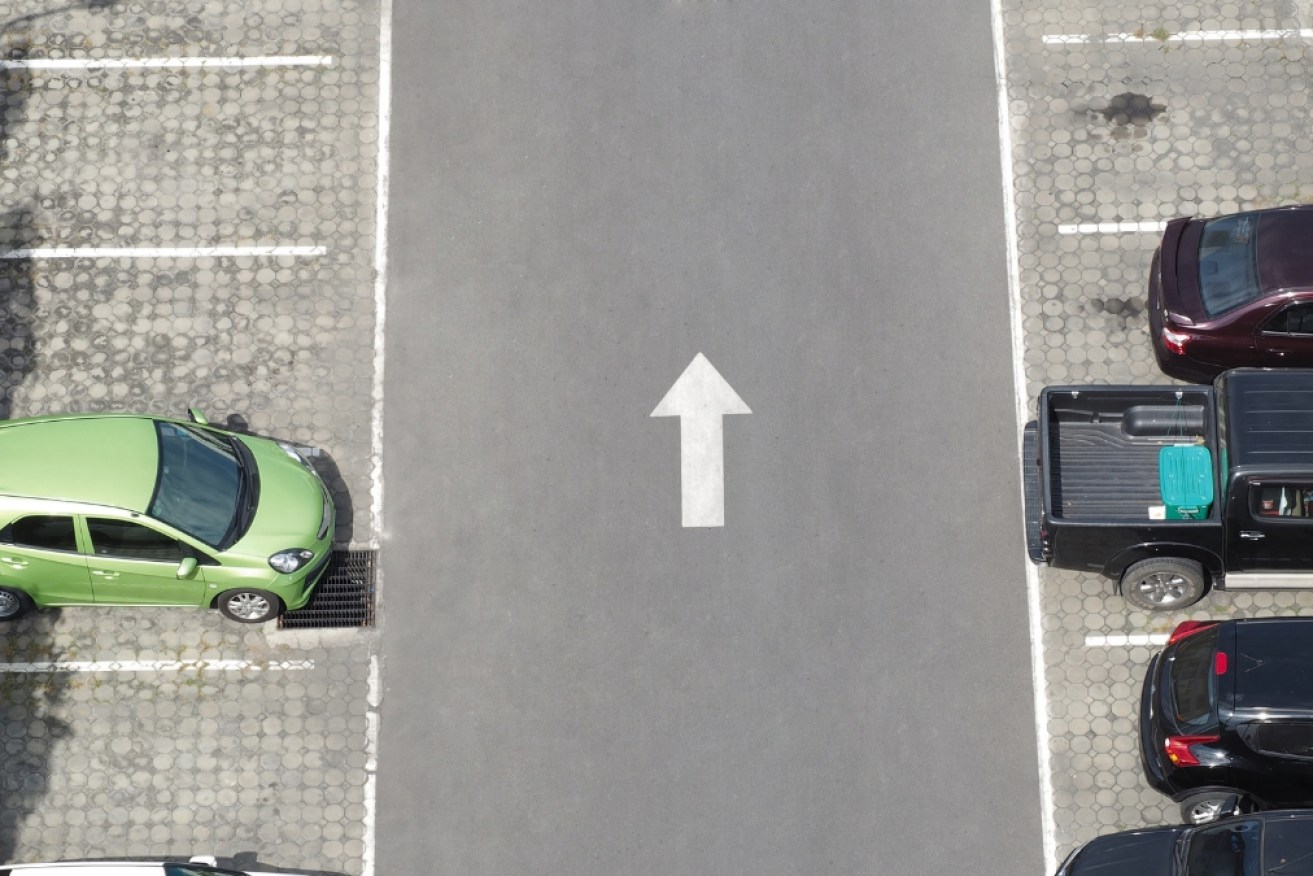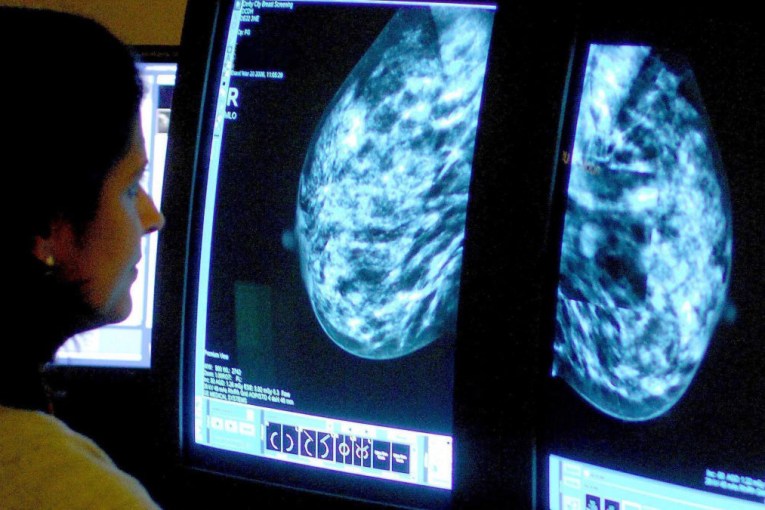‘Just going to make it worse’: Proposal to upsize car parks sparks concern


The soaring popularity of vehicles like pick-up trucks is seeing current parking spaces fall short. Photo: Getty
Australian parking spaces might be about to get roomier, but experts warn such a move could hurt efforts to lower emissions by encouraging drivers to buy bigger cars.
Standards Australia has proposed making off-street parking spaces longer – a move primarily designed to accommodate larger vehicles amid the enduring popularity of four-wheel-drives, SUVs and the burgeoning demand for oversized American-style pick-up trucks.
Across Australia, the size of off-street parking spaces varies depending on location. But the standard size is between 2.4 and 2.6 metres wide and 5.4 metres long.
Standards Australia has proposed to increase the official length to 5.6 metres.
“Our research shows that there is a trend of Australians purchasing and driving bigger cars, which is why there was a need for the standard to be revised,” a Standards Australia spokesperson told TND.
If approved, it would be the first change to Australia’s official parking specifications since 1993.
In 2023, the most popular car in Australia is the Toyota HiLux dual-cab ute. It is 5.26 metres long – or only about 14 centimetres shorter than the average parking spot.
The public is invited to review and comment on the proposal, with the new standard off-street parking space length expected to be in place in about six months.
The spokesperson said while the organisation was responsible for developing standards, it did not enforce or regulate them.
That duty will fall on local councils, other regulators and property owners.
Health and environment risks
Grattan Institute transport and cities program director Marion Terrill said increasing the size of parking spaces would add to the numerous factors that already encouraged Australians to buy large cars.
They include the fringe benefits tax concession, which makes some cars cheaper, giving drivers an incentive to upsize.
“People are choosing bigger and bigger cars, then it turns into a bit of an arms race where people then feel less safe if they’re in a smaller vehicle, and so they want a bigger vehicle, and then everyone else feels less safe, so they want a bigger vehicle – and on it goes,” Terrill said.
“Australian car parking spaces are already big by international standards … We’re already encouraging big vehicles, and this [proposal] is just going to make it worse.”
She said increasing the number of large vehicles on the roads presented a range of problems, including escalating road congestion and accidents, more exhaust pipe pollution, and higher carbon emissions.
University of Melbourne data has found more than 11,000 Australians a year die prematurely due to vehicle pollution.
Even as Australia works to combat climate change, Climate Council data shows emissions from light commercial vehicles rose by about 20 per cent between 2012 and 2020.
Australian car parks stuck in the past
Urban planner and author of Rethinking Parking David Mepham said focusing on the size of parking spaces rather than other issues with parking was like watching a basketball game and not noticing when a gorilla walks on to the court.
“The impacts [of parking] are significant, and they’re everywhere, but we very rarely notice them,” he said.
“Why do we put parking on this really high-access, high-value land in the city? That creates some quite significant problems with pedestrian access … a significant amount of the traffic in the centre is related to car parking … [which brings] noise and pollution and a whole bunch of amenity issues.”
Mepham said as reviews of parking standards began, the amount of parking facilities in high-foot traffic zones such as city centres should also be reviewed.
One solution could be pushing most off-street car parks back a block or two to “frame” city centres, and give pedestrians more breathing room.
“There’s a lot of safety and amenity issues that are related to parking,” he said.
“My convenience as a driver comes at the expense of your convenience as a pedestrian. I appreciate this is contentious, but I think if we want places worth visiting, [changing thinking around parking] is just a little concession that we all need to make.
“Australia – like 70 years ago – we cut and pasted all of these American policies on freeways and driving and parking. Most American cities have moved on from that, and Australia is still stuck … they’ve got policies that [former prime minister] Bob Menzies would recognise.”








